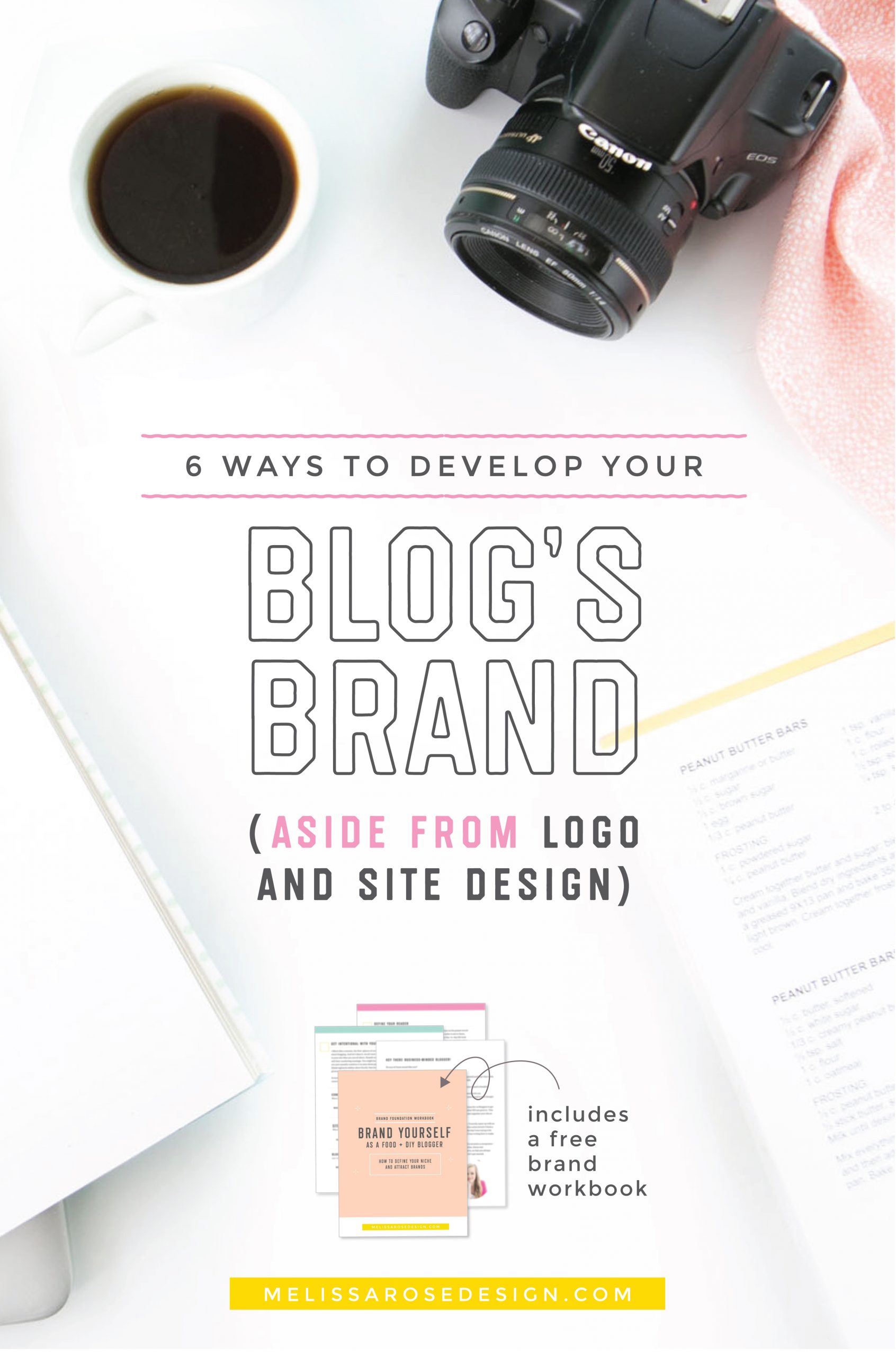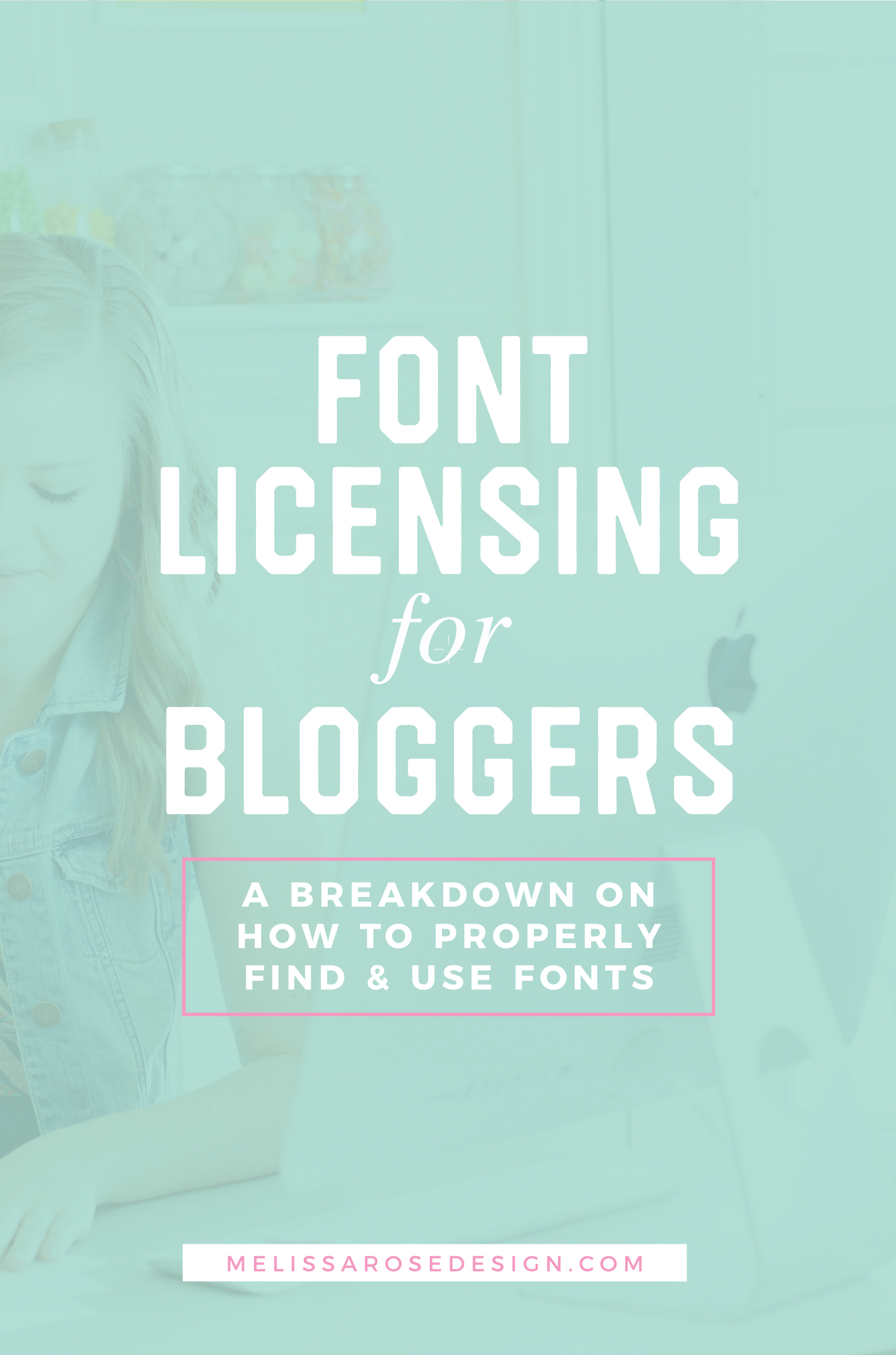So you’ve decided that it’s time to stop DIY’ing and hire a designer, but you’re terrified because you have no idea how to communicate what you want. (Or maybe you’ve had a bad experience with a designer and are scared to hire one out again.) You are worried that you’re going to pay all this money and then end up with a design that doesn’t fit your vision. You know it’s time to hand over the reigns to a professional, but you’re paralyzed from moving forward because you struggle with explaining that “vision in your head” to someone else.
Through designing brands & blogs for the past 6 years and working with hundreds of happy clients, I’ve been able to pinpoint the questions that clients need to help guide them to their vision. The design process is a collaboration and by knowing what to look for, you can ensure you are hiring a designer who not only delivers you an amazing design, but is also someone who listens to you and provides you an amazing client experience.
Think about it this way, if you were to hire a contractor for your home you would probably choose based on:
- Examples of Past Homes (i.e. Their portfolio, craftsmanship, how detail oriented they are)
- Reviews from Friends/Family (ie. Did they deliver on time? What was their experience? Were they confident in the contractor throughout the whole process?)
- Overall Personality (i.e. Are they pushy? Do they listen to you? You want someone who is there to guide you, but also listen to what you want.)
Now let’s say that 2 of those things are missing. You hire a contractor simply because he makes the BEST homes around. You don’t care about the personality or how he may interact with his clients and before you know it, he is trying to force his personal style on you. Your project goes 6 months past schedule and you end up spending so much money on something that doesn’t even feel like you.
Doesn’t sound like a good experience, now does it? And in the design process, you want someone who is not only there to be the expert in guiding you through the branding process, but is also someone who is receptive to your ideas. Someone that is fun to work with and who cares about you and your business. Someone who is known to get the work done on time and in the timeframe promised.
Investing in your blog and business is investing in a service and you want to make sure that you feel happy with the end result. So today, I’m sharing with you the top 8 things to consider before hiring a designer. My hope is that by listing out the expectations, you feel less anxious about working with a designer and actually start to feel…excited!
1. Get Clear About Your Direction
Before hiring a designer, you should have a solid direction of where your brand is headed. That doesn’t mean you need to have a 100 page business plan, but you do need to know your mission and who you are serving. What sets you apart from other bloggers or businesses? By getting clear about your mission, you can ensure that your design is catered to both where you are now and where you are headed. Without a clear direction, you will quickly outgrow your site and end up investing more money on another brand or website.
If you’re feeling a little cloudy about your mission & who you serve, I encourage you to download my Branding Foundation Guide to help you define your niche and get clear about who you are serving.
2. Spend Time Gathering Inspiration
If you’re hesitant to work with a designer because you’re not sure what you want, then I encourage you to spend some time looking at other logos and websites and writing down what it is you like/dislike about them. The biggest thing I’ve learned through working with hundreds of clients is that most people know what they don’t like (ie. they can tell me the things they dislike about a certain design/website), but they have a hard time explaining what they DO like. (I wrote a whole post on this topic and I encourage you to read it if you’re stuck with how to gather inspiration.)
Keep in mind that the inspiration you provide gives the designer a peek into the overall vision you have in your head. The designers job isn’t to just recreate those inspirational images, but their job is to take that overall vision and mold it into a brand unique to you. So while you’re pinning fonts you like, try to keep an open mind and focus on the style of font rather than only pinning designs with one exact font. Be clear about what is you like AND dislike about a certain inspiration image, font, or illustration. Do you like that it has a calligraphic look? Do you like that it looks handwritten? Designers work best when given inspiration, but you should be prepared for them to also take a creative license and deliver something that is even better than you imagined. My Logo Design Blueprint for Clients was designed to help guide you through the inspiration gathering process and help you best communicate your vision to your designer. Click here to download.
3. Know Your Budget
I know talking money can be a sensitive subject for some, but the truth of the matter is that you need to have an idea of budget when selecting a designer. There are many designers out there with different levels of experience and their pricing will reflect that. A completely custom designed and coded website will cost more than popping a logo into a pre-made theme, so just be realistic about the type of service you need within your budget.
As someone who has worked with bloggers for over 6 years, I have refined my services to cater to a specific type of client. Which are bloggers and creative entrepreneurs who are tired of DIY’ing and are looking to create a 100% custom brand for their blog. They are ready to take things to the next level and are ready to invest in a site with custom features. That means that while I *could* design for anyone, I may not be the right designer for someone just starting off who just wants a quick logo whipped up for $50.
So while it may surprise you that someone who makes their living designing custom blogs would tell you that you may not need a custom site, it’s something I tell some potential clients after we dig into their needs. I don’t believe in pressuring someone to invest in a custom site, when all they might need is a simple pre-made to get started.
4. Be Willing To Provide Honest Input
When it’s time to provide feedback to your designer, be very specific. Instead of saying, “I don’t like this option” explain what it is you don’t like (is it the font/the overall vibe?). Don’t be afraid to tell your designer how you feel and don’t get caught up in feeling like you have to explain how you feel in fancy design terms.
Honesty and openness from you is the key to getting a result you are completely happy with. While still staying professional and courteous, don’t feel like you are hurting the designers’ feelings by telling them that you’re just not feeling a certain design. Be open with them about how you’re feeling and they can then take that feedback to mould the design. Your designer is your partner in the process and is there to guide you. Don’t be afraid to ask them questions or ask for their opinion on an idea you may have . A great designer will take your feedback and ideas and help you make decisions based on their professional opinion and experience.
5. Be Confident In Their Portfolio
Designers are artists. Each one has a different style and approach to design. So while they may look similar on paper, a designer’s portfolio speaks volumes about how they work with typography, what their illustrations are like, and their overall style. Are most of their designs black and white and high-fashion looking? Do they use a lot of color in their designs? Do their websites all look the same or do they each have unique elements that make them stand out? Decide what you value in a designers work and make sure you like the variety of work they are presenting. This doesn’t mean that you have to LOVE every logo you see, but you should feel confident that they have the skills to deliver the quality of design you want.
6. Read Their Testimonials
This may come as a no-brainer, but I encourage you to read through the reviews from a designer’s past clients. What traits are the clients talking about that appeal to you? Maybe you’re worried that you will come off too picky, but you can usually gather from the reviews how the designer handles situations like this. As much as you want an amazing design, you should also want an amazing experience.
7. Clarify Deliverables and Expectations
Let’s pretend that you’re back to hiring that contractor and he tells you that he doesn’t know when your home will be ready. So every day, you are just waiting by the phone hoping he call with an update. We’ve probably all experienced a service like this and there’s nothing worse than investing your money and then having no idea when you will actually be served. And worse yet? You feel bad for asking. Before signing that agreement, make sure the timeline is clearly spelled out. For some, this may be a range (ie. you will receive a proof within 7 days). It just depends on that designer’s process. For my process, I create a detailed timeline that lists the exact date a project will begin, the exact date you will receive the proof, and the exact date you need to provide feedback. With this system, it takes all the guessing out of the process and puts the client at ease knowing exactly when they will receive progress. All that said, it’s important to ensure you will be available during the process to provide feedback. (So if you’re heading out for vacation and won’t have access to email/phone, just let the designer know before committing to a date.) Furthermore, if not listed in the proposal, ask how many revisions your package includes. By getting on the same page before the project, you will avoid any awkward “I thought this was included” conversations.
Along the same lines of expectations, make sure you take time filing out the questionnaire and are detailed in listing out everything you may want in a logo or website (which should be covered in the questionnaire the designer sends you). For example, if you know you need a Shopping Cart feature on your site but forget to list it in the questionnaire, it won’t be included in the proposal. Be upfront about what you want and then if needed, your designer should be able to tell you how to scale back based on your budget.
Whew! Okay, that’s all for today. I know it can be overwhelming to start the branding, so I created something to make it easier for you to narrow down what you want and best communicate it to your designer.
Click here to download your free Logo Design Blueprint.
Have you worked with a designer before? Was it a positive experience? Let me know in the comments below!
Want to work with me on a new logo or blog design? I take on a limited number of branding clients each month and would love to chat with you about designing your dream logo and brand. Shoot me a message by going here and let’s connect!



Share on Social